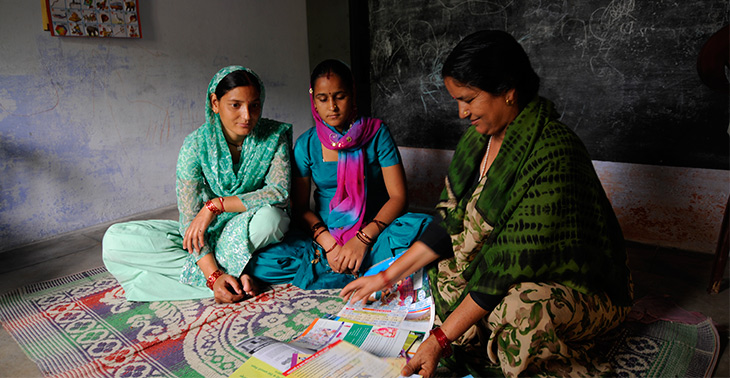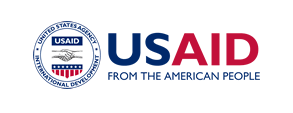The Health Policy Project ended in 2016. Work continued under Health Policy Plus (HP+) until 2022.
NEWS & VIEWS

Futures Group
By Jay Gribble, ScD
Deputy Director, FP/RH
Health Policy Project
WASHINGTON, DC—As we prepare for 2014 World Population Day—Investing in Youth, I ask myself if this is a day I should observe, commemorate, or celebrate. I quickly came up with my answer, realizing that it reflects an individual perspective.
“Observing” World Population Day seems to focus on the facts: Given global population trends, youth—ages 10 to 24—represent approximately 1 in 4 people on the planet; in sub-Saharan Africa, 1 in 3 people fall into this narrow age group. From this perspective, we can consider the relationships between population growth and other global forces, including climate change, urbanization, food security, and economic development. Research that helps understand these relationships is critical for the development of policies and programs that seek to improve the well-being of the world’s population. One blog I read on "Observing World Population Day" takes a very factual and somewhat pessimistic view, noting that “population growth is a challenge, not an unequivocal triumph.”
Similarly, “commemorating” World Population Day connotes almost a melancholic sense to me— remembering the lost opportunities that women, men—and especially children and youth—have experienced around the world. While maternal mortality ratios are decreasing, it continues to exceed 500 deaths per 100,000 live births in 15 African countries. This perspective also reminds me that gender-based violence is still common in all segments of the population—and that young women are as vulnerable to it as their mothers and grandmothers were. I find it discouraging to see statistics that in a few countries, young women are more likely than young men to think that husbands can be justified in beating their wives—though fortunately, there are only a few places where this skewed perception exists.
But when I turn to the idea of “celebrating” World Population Day and the importance of investing in youth, I can’t help but smile, reflecting with a sense of optimism that things are getting better. In particular, I think about the global commitment that has been made to Family Planning 2020—with the goal of providing family planning to an additional 120 million women and girls around the world who want to avoid an unplanned pregnancy. As I reviewed the commitments that nations have made to FP2020, I found at least 10 of them explicitly mention youth—to reduce transmission of HIV; to improve young people’s access to family planning information and services; to provide centers for youth to meet, learn, and become empowered. These commitments will begin with policies that get translated in to programs and services—all with the goal of helping young people achieve their potential.
As we celebrate World Population Day 2014, the USAID-funded Health Policy Project commits to helping countries follow through on their FP2020 commitments. The Policy Checklist: Essential Elements for Successful Family Planning Policies is a new tool that stakeholders can use to compare current policies with a set of family planning policy-related best practices to assess whether current policies need to be revised or better implemented, and whether new policies need to be developed. As countries approve and implement stronger, more effective family planning policies, there are good reasons to celebrate World Population Day in 2014 and in the future.
What's New
- Something to Build On: “Innovation Exchange” Celebrates the Health Policy Project’s Close and a New Beginning
- What Will it Take for Tanzania to Achieve ART Targets and Ensure Long-Term Sustainability of the HIV Response?
- Helping Kenya’s County Leaders Advocate for Increased Health Investments
- HPP Holds Working Meeting on Ensuring Responsible PEPFAR Transitions for Key Populations
- Health Policy Project Celebrates 2016 International Women's Day
- HPP Staff Participate in White House Conference on HIV Stigma Reduction

